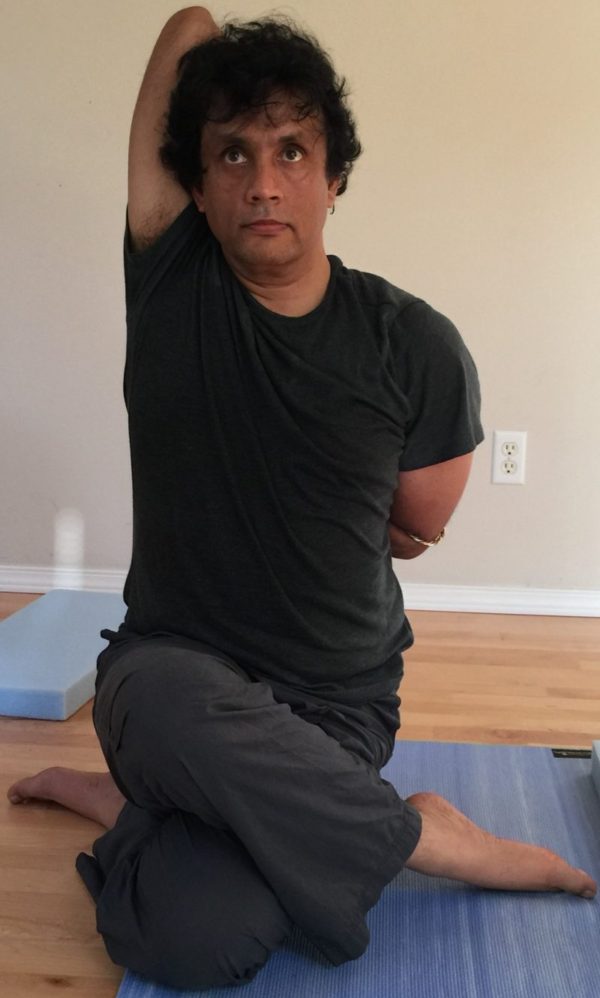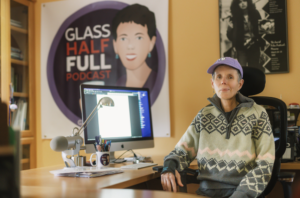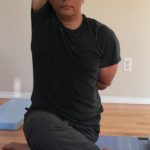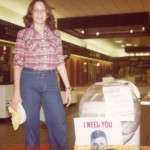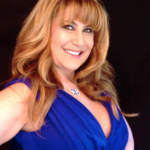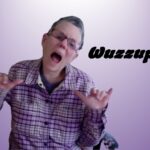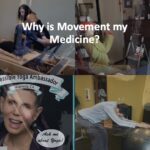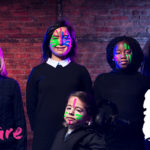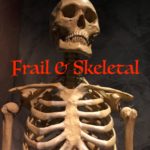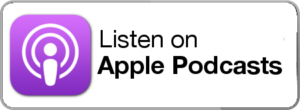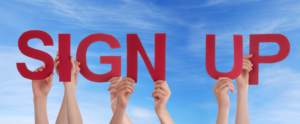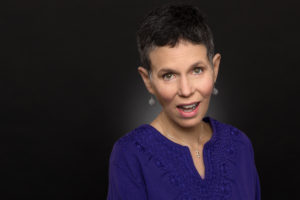If you’d like to plan for the future and bring peace of mind to yourself and loved ones, you can engage in end of life decision-making while you’re still of sound mind and body. In this episode, Katharine Hagerman, PhD, at Stanford University talks about biobanks. If you know nothing about biobanks, give a listen and learn.
Find out more about the Stanford Neuromuscular Biobank and National Disease Research Interchange.
Transcript
welcome to glass half full with leslie krongold she shares her stories experiences and knowledge of living and coping with a chronic health condition learn about tools and resources and hear inspirational interviews that help you to live a life filled with quality and dignity with two decades of support group leadership leslie’s ready to help you make lemonade out of life’s lemons are you ready are you ready hello today’s podcast episode concerns intentional and mindful planning for the future and someone once said there are two sure things in life death and taxes well i would be bored silly talking about taxes so this is about death but we’re not going to be all dark and gloomy this is the glass half full we’re all about that silver lining right right can i hear a hell yeah
okay as i see it once you’re diagnosed with a health condition that is untreatable and incurable like mine you have two choices you can become a victim and feel bad for yourself or you can move through life trying to make the best of what you can and be very intentional about what you do and i’ve chosen the second option now you don’t have to have a life-threatening condition to acknowledge that you will die unless you’re larry ellison or elon musk fyi they’re both super wealthy men funding research to defy aging and death we all can acknowledge we’re gonna die except those two guys and if we spend some of our time while we’re still mentally and physically well enough to think a bit about end of life decisions we get a more peace of mind and also make the inevitable process easier for our family and loved ones i’ve been doing spring cleaning throughout the year because the idea of having my partner go through all of my stuff once i’m gone and make a million decisions while still grieving well i just don’t want to do that this episode is the first of future podcast episodes where i’ll explore an aspect of end of life decision making and this may not be a new area to ponder if you have a driver’s license you’re likely to have considered whether you want to opt in to organ donation should you be in a fatal car crash so we won’t be talking about advanced directives living wills or what type of music you want played at your memorial service those are all aspects of end of life decision making will cover in the future but this episode focuses on science and medical research i realize that death is a very sensitive topic people have some very strong feelings and reactions to these issues for some reason i grew up knowing that my mother did not want to be buried in the ground i knew this because she said it many times when she died 25 years ago my father and i immediately knew we had to find a mausoleum she never written this down or made any other specific requests about end of life decisions but just to keep her out of the ground i may have hair inherited her genetic disease but i definitely didn’t inherit her ideas about death once i’m gone my body is not me i want the simplest and most eco-friendly handling of my physical remains and if any part of me can help advance medical science i’m all for it so that’s why i strongly support making the decision to join a research facility’s biological bank take my tissues
okay no more humor no more levity all right it’s time to tell you about my guest for this topic katherine hagerman catherine is the research associate for dr john day at stanford university and dr day is a neurologist with nearly 40 years of experience in neuromuscular disease research and clinical practice catherine has been in stanford for four years now and she helps run research studies and drug trials and manages the stanford neuromuscular biobank i know catherine because both she and dr day are part of my myotonic dystrophy community which is also referred to as the dm community catherine’s presented at my support group meetings and she attends our annual patient advocacy conference but let me assure you before we go on this topic and the information provided is not only for people with neuromuscular disease so please continue listening i have one more little story to share but i think it will make more sense after you listen to my conversation with catherine i don’t know if i ever asked you this but i was wondering you you have a phd what was your dissertation on i went to the university of toronto to get my phd and my supervisor was interested in um what we call unstable microsatellites and human disease and what that means is there are these places in your dna that sometimes can get larger and when they get larger or when they get too small they can cause a condition so that includes conditions like huntington’s disease and myotonic dystrophy and spinal cerebellar ataxias and there’s a whole list of them that are caused by the unstable repeats so my thesis was trying to understand what made the repeats unstable and so how did that how did did you choose that because your the the professor you were working with was involved in that line of research or had you already had a avid interest um i always had an avid interest in genetics as a whole starting in high school and when i was trying to narrow down exactly what i wanted to do for a phd um i found dr christopher pearson who eventually became my supervisor and after i interviewed with him i thought hey his genetics are really cool and i i called my dad and i said hey dad um i had this really great interview and um dr pearson is doing all these kinds of um research on all these different diseases my dad said well you know myotonic dystrophy that’s the one that your step family has and i hadn’t put two and two together so it became the perfect fit for me both from a fascination in the genetics and a motivation to help myotonic dystrophy research move forward
from the beginning when you started four years ago were you involved in the biobank when did that come about well so dr day came to stanford more than five years ago and he already had this master plan for developing the neuromuscular research program developing his research lab and creating a biobank but at that point the biobank didn’t exist so that was one of the first projects that i worked on once i joined the lab was to help develop the biobank decide how it would be run to develop materials for people so that they could understand it better and so can you give sort of a generic explanation of what a biobank is sure um in general i like to define a biobank as just a collection of bio biological samples they’re usually collected in order to help support scientific research mostly because there are lots of researchers out there that don’t have access to people with these rare conditions so there can be people in a laboratory working on a disease but they rarely get to meet someone with that disease so biobanks are often set up to collect samples from people so that they can facilitate the sharing of these very rare samples to researchers do you have any idea how popular or pervasive biobanks are connected to medical schools like stanford’s well i think medical schools the majority of them that i know about do have what they call anatomical donation programs and that’s where they you can donate your whole body to research in the sense that you can help train a medical school student and they will learn how to all the different parts of the body and you know how to do surgeries on those different areas but in terms of banking samples there’s very few that i know that would actually collect tissues and store them so yes medical schools have anatomic donation programs but most of them don’t collect samples to then be shared for research and so the tissue samples that you look for are not only from the deceased correct so every biobank is run differently and has a different set of goals at our biobank and many other biobanks it does not have to be what they call an anatomical donation or tissue donation after someone passes away we are very interested in getting tissues when someone has a scheduled surgery so once the doctor or the surgeon has gone in and you know taken out tissue that they might need for whatever diagnostic purposes if there’s extra tissue left over we make arrangements with them in advance that they will freeze it and ship it off to us i know it this is you know discussed in the dm community but is there also a push in the other neuromuscular diseases for the biobank at stanford um there definitely is a push and there is a need for tissues from many different neuromuscular conditions so our biobank is open to collection of tissues from all different neuromuscular conditions and how about the geographic parameters anywhere in the country or just california the stanford neuromuscular biobank is designed to be able to collect tissues from people from anywhere in the united states in general what we do is we work with surgeons or other people in the area where someone is interested in donating and they do the tissue collection on site and then they send the samples to us so is there any type of universal process or procedures by which all biobanks operate every biobank is run differently our biobank is run specifically to collect tissues from people with neuromuscular conditions but there are other biobanks like the ndri so the ndri is the national disease research interchange and you can go check them out online they don’t have very specific goals for the types of conditions people have or tissues i know that they collect both tissues from surgical procedures and when people pass away they can collect tissues then as well with a larger organization like that their system for enrolling is online and there’s a you know a 1 800 number to call at any time of day or night for questions so every biobank is different and they run their enrollment differently depending you know on their size and their goals okay so if someone who’s listening is interested and they don’t have a neuromuscular disease then that would probably be a good place for them to start yes the ndri is definitely set up for people with any condition or no condition whatsoever what is the process for registering what is that like what are your conversations like with families to communicate the availability of a biobank usually our process is is that we send an information and enrollment package to someone who’s expressed interest in the biobank um and then they fill out the forms and sign the consent form and send all the information back to us and that information includes not just their contact information but information on their doctors or if they’re considering tissue donation when they pass away then they can even include funeral home information and next of kin information and we really push that it’s important if you’re considering donating tissues when you pass away to have a conversation with your family because it’s actually going to be your family member that calls us if you pass away or if you’re quite sick so you want them to be mobilized and motivated and know what your wishes are and then if you pass away then they are the one that actually still has to sign a consent form to allow us to move forward so getting your family on board is very important part of the process that’s how our stanford biobank works with our consent forms other biobanks may have a different procedure but for us that’s what we require even if you have their signature on file yes because now i don’t know a lot of the legal logistics but my understanding is that when you pass away your rights are now in the hands of your next of kin and so they have to be on board in order to let this process move forward okay have you had situations where you were under the assumption that the family whether it was a spouse or a parent or a sibling was clued into what the the patient wanted and then they decided they didn’t want to go through with it yeah we have had instances where um someone with neuromuscular conditions signed up for the biobank and when they passed away either the next of kin didn’t call us in time or the family sat down and talked about it and they decided they didn’t want to go through with it there’s a lot of different reasons people may choose to not get involved or not support this type of work so it has happened but usually we have the most success when people have pre-enrolled and they have had those conversations with their family in advance so when you said in time can you clarify that in general tissues start to degrade when someone passes away and so we need the tissues to be collected usually within 24 to 36 hours after someone passes away so if someone’s in hospice care or on life support we’re already at the stage of making arrangements with the hospital or the hospice making arrangements with the funeral home perhaps having the conversation with the family members just providing them with the blank consent form so that they’re ready to sign when their family member passes away and so let’s say the patient the person passes away they never went through the process of registering for the biobank and the family hears from someone in their community hey are you going to donate tissues of so and so and then they want to get the wheels in motion you know right when the person passes away is that possible or or is that uh just you know too late it’s definitely a possibility at our biobank i’m not sure about others but within our biobank we can get a call from a family member that hasn’t had their family member registered and we can get the ball rolling because in the end it is that next of kin family member that is making the final decision so we can get a call usually within the same day of someone passing away and we have a lot of success at getting tissues collected but the ideal situation is that the family has already been involved this person has already pre-enrolled because then we have things more set and in place and we have more time to find someone that could do the tissue collection locally and so are there any costs to the family there are no costs to the family that’s how we’ve designed this whole process so basically what happens is if there’s any extra fees that might be incurred in that 24-hour period where we are collecting tissues the stanford biobank covers them even if tissue samples are collected the actual body can still be prepared for a funeral right so with a tissue collection that happens after someone passes away we make all the arrangements with the funeral home and the hospital and whoever else needs to be involved in the process the tissue collection happens within 24 to 36 hours and then the body is transported back to the funeral home that the family has selected and at that point the family can go ahead with any type of arrangements they had already planned whether it’s a memorial and or an open casket or a cremation you know these are all still available options for the family so do you have any idea i mean just roughly the percentage of patients that you’ve talked about this with or families that you’ve talked to about this the biobank how many actually do register um i would say the most number of tissues that we have coming in are from people that were not pre-registered and that’s in part because we’re a relatively new biobank and also because a lot of the conditions we work with are not ones that we expect people to pass away very soon so there are other conditions where people may have a very fast progression but the time between enrolling in the biobank and tissue collection could be relatively short what tends to be the most common concerns of patients and their families when you engage in the conversation with them about biobank um i think there often aren’t really concerns with families they just want to understand the process of what happens who they should be calling and what they need to do and so we stress that other than making that first call to us to let us know what’s going on and making sure they sign that consent form after someone passes away we try and make there be as few barriers and stay out of the arrangements with the family so the only other questions we’ll often get are related to cost so there are other biobanks that are set up like the medical schools so i wouldn’t call them biobanks but the medical school’s anatomical donation programs where the family would actually hand over the body to the medical school and that medical school will take possession of the body for several weeks and at the end they will provide a cremation and return the cremains to the family and so that’s a very different situation from how our biobank is run so sometimes people have questions about the pros and cons of those two different options and you would also mention to me that you get a lot of questions about saliva and other bodily fluid donations our biobank is set up to really focus on the tissues that are most important to researchers that are getting requested the most and those are things like muscle because it isn’t these are neuromuscular conditions so we get a lot of people that say oh yeah you know i can give you a vial of blood right here right now but in the end there aren’t as many researchers that need blood or dna from people with neuromuscular conditions especially because most of them have already been identified like the genetic cause of those conditions so we sometimes if someone is undiagnosed will collect blood but for the vast majority of other conditions that have been already diagnosed in someone we don’t necessarily need blood or urine and um oh gosh my brain just
oh how about brains that’s what you you’re also interested in brains aren’t you yes so um muscle and brain are the two main tissues that we get requests for because muscles are very difficult to get your hands on but you can collect it through some surgical procedures but other muscles you’ll never be able to get before someone passes away and obviously brain samples you won’t be able to get unless someone passed away so they are they’re very hard to get and they are probably the most requested tissues um i think it’s really important to consider donating to a biobank whether it’s the stanford neuromuscular biobank or another like the ndri with people that have a specific medical condition sometimes it can give them a sense that they are helping people in the future so even if there isn’t a cure available for them today they might be able to help people tomorrow that have their condition to make sense of their condition and to help things move forward in the future are you ready for my little story it happened nearly two years ago a member of my dm community called me from a hospital located in the middle of the united states when his adult son passed away his son had the congenital form of mitotic dystrophy and probably wasn’t expected to live as long as he did when he was born but still it was sudden and devastating and his father who had become a friend called me in tears to see if i could help make it happen he not pre-enrolled his son in the biobank he didn’t say much but i felt like not only did he want to do what he felt was the right thing but it was a way to make sense out of a difficult and senseless back that his son died far too young and had led a difficult life with a devastating disease it was a weekend and i started making phone calls katherine was actually on vacation but her role with biobank is pretty much 24 7 so she eventually put the wheels in motion from hawaii or someplace exotic she put a local stanford person in touch with the midwest hospital’s morgue and the midwest funeral home and everything moved fast so my friend could focus on his grieving process and his son could help advance medical research
thank you for listening to glass half full leslie invites you to leave a rating and review on itunes this helps spread the word to others dealing with chronic health issues for show notes updates and more visit the website glass half full dot online.online
you
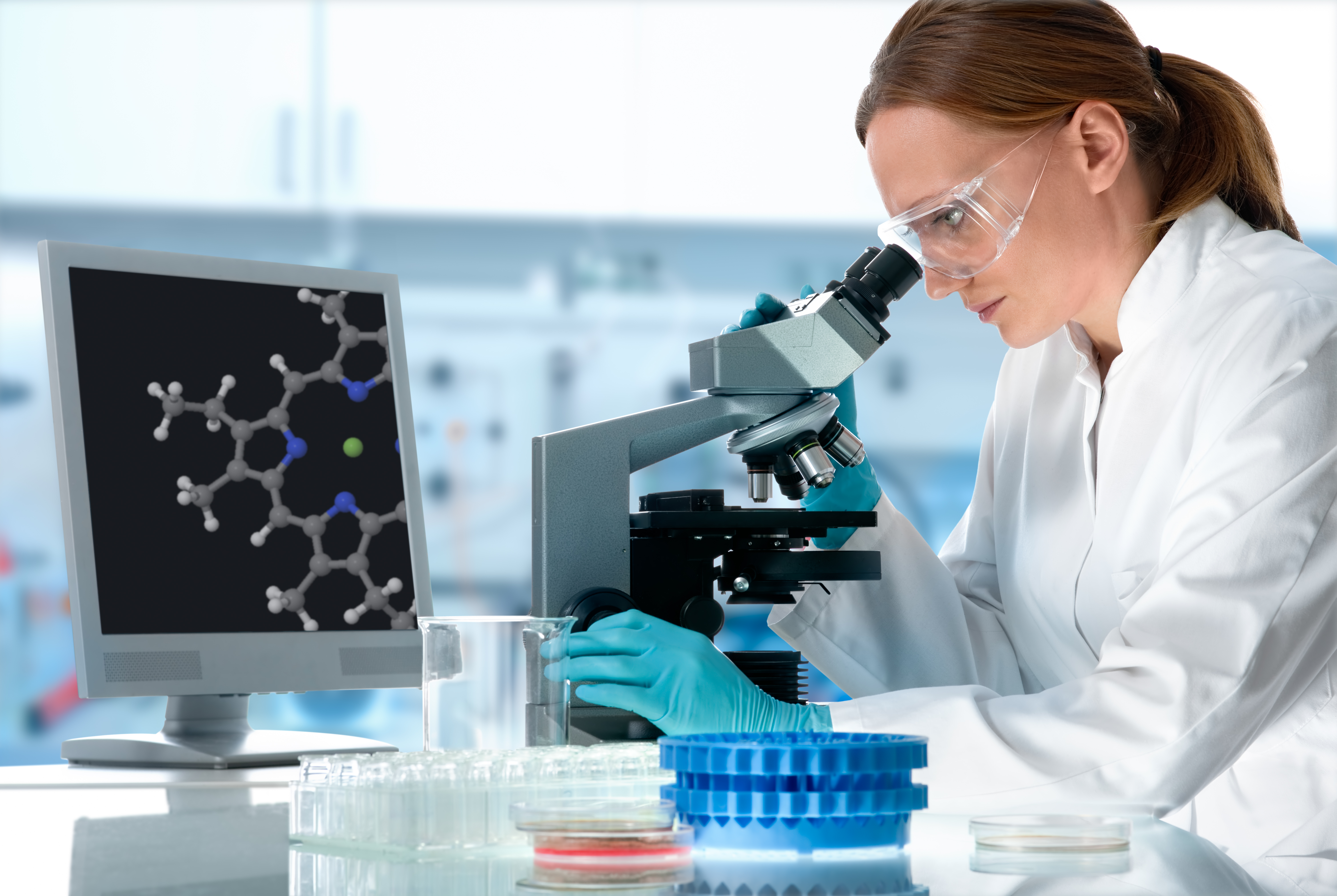
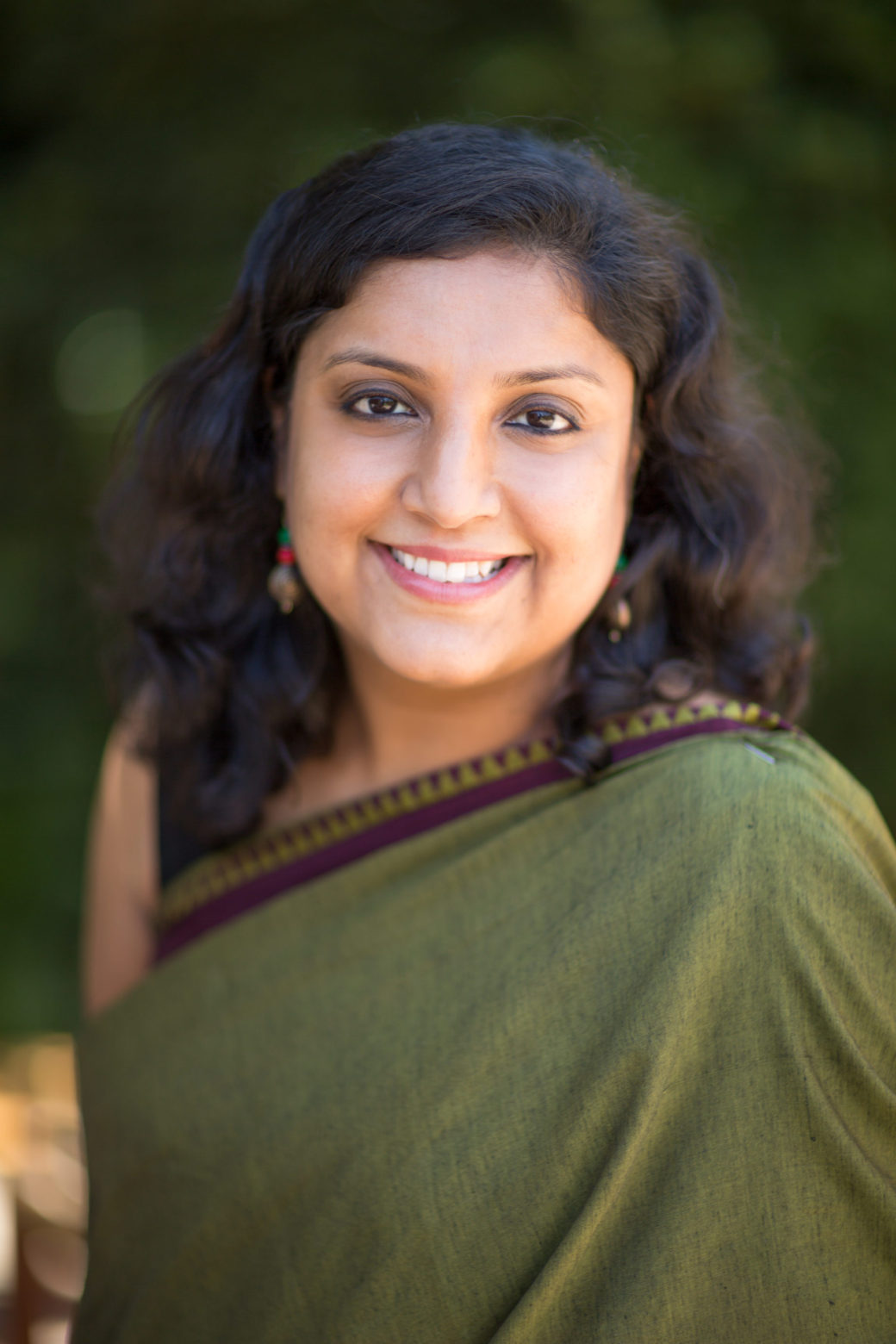
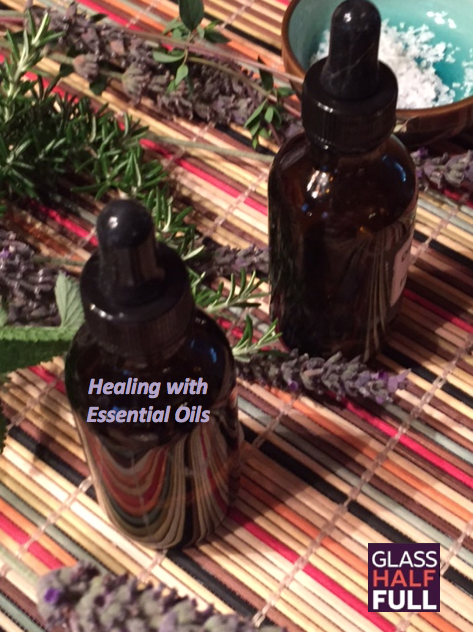
 This episode features personal stories about how the use of essential oils has helped with a variety of conditions including depression, anxiety, fibromyalgia, fatigue, post-surgical pain and post cancer treatment.
This episode features personal stories about how the use of essential oils has helped with a variety of conditions including depression, anxiety, fibromyalgia, fatigue, post-surgical pain and post cancer treatment.



 This podcast episode explores the experiences of six people who have used medical cannabis for a variety of conditions including cancer, depression, muscular dystrophy, fibromyalgia, chronic fatigue syndrome, bone fracture, and bipolar disorder.
This podcast episode explores the experiences of six people who have used medical cannabis for a variety of conditions including cancer, depression, muscular dystrophy, fibromyalgia, chronic fatigue syndrome, bone fracture, and bipolar disorder.